Home>Garden Essentials>How To Grow Camellia From Seed
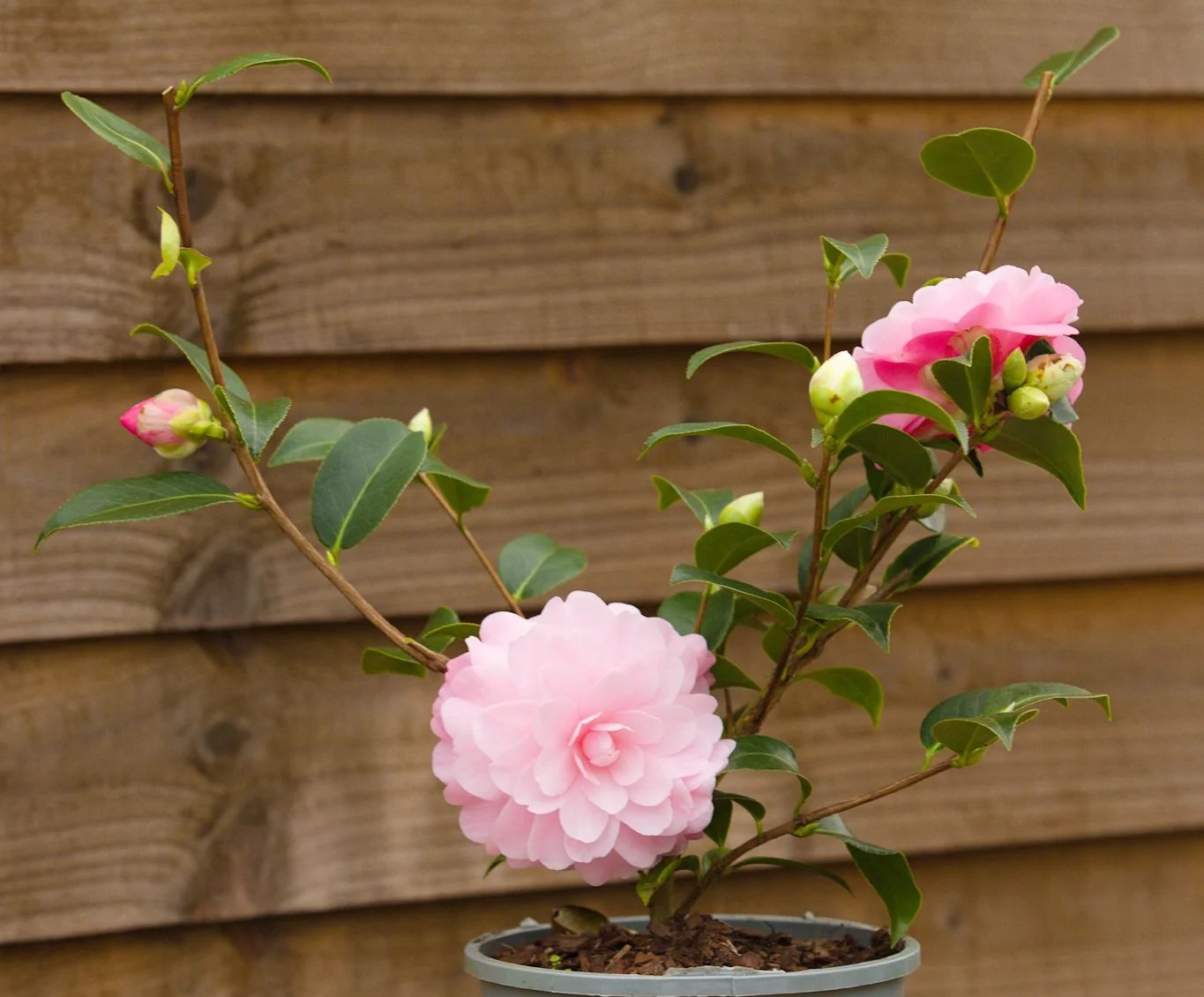

Garden Essentials
How To Grow Camellia From Seed
Modified: March 16, 2024
Learn how to grow beautiful camellias from seed in your garden. Follow our step-by-step guide for successful camellia cultivation.
(Many of the links in this article redirect to a specific reviewed product. Your purchase of these products through affiliate links helps to generate commission for Storables.com, at no extra cost. Learn more)
Introduction
Welcome to the world of gardening and the enchanting realm of camellias. Known for their exquisite blooms and captivating beauty, camellias are a favorite among garden enthusiasts. While many gardeners prefer to purchase established camellia plants from nurseries, growing camellias from seeds can be a rewarding and budget-friendly way to cultivate these stunning flowering plants.
In this article, we will guide you through the step-by-step process of growing camellia from seed. From choosing the right seeds to caring for the seedlings, we will provide valuable insights and tips to help you nurture healthy and vibrant camellia plants in your garden.
Before we delve into the intricacies of camellia seed propagation, it’s important to understand the basics of camellia plants. Camellias belong to the family Theaceae and primarily consist of three species: Camellia sinensis, Camellia japonica, and Camellia sasanqua. These plants are native to Asia and are renowned for their evergreen foliage, glossy leaves, and stunning flowers.
The process of growing camellias from seeds requires patience and attention, as it can take a few years for the plants to reach maturity and produce blooms. However, the satisfaction of witnessing the growth and development of your own camellia plants is truly rewarding.
So, whether you are a seasoned gardener looking to expand your plant collection or a beginner eager to embark on the journey of growing camellias, let’s dive into the world of camellia seed propagation and learn how to cultivate these majestic plants from scratch.
Key Takeaways:
- Growing camellias from seed requires patience and attention, but the joy of nurturing your own plants from scratch is truly rewarding. It’s a journey of dedication and fulfillment in the world of gardening.
- Choosing healthy seeds, providing proper care, and overcoming challenges like slow germination and pest infestations are all part of the magical journey of growing camellias from seed. Embrace the process and enjoy the beauty of your thriving plants.
Read more: How To Germinate Camellia Sinensis
Choosing and Collecting Camellia Seeds
When it comes to choosing camellia seeds, it’s essential to select healthy seeds from reliable sources. Look for ripe seed pods on mature camellia plants, preferably ones that have fallen naturally from the tree. Avoid using seeds from hybrid camellias, as they may not produce plants that are true to the parent plant. Instead, opt for seeds from open-pollinated camellia species for a higher chance of success.
Once you have identified suitable seed pods, gently collect them from the ground and inspect them for any signs of damage or disease. Healthy seeds should be plump, firm, and have a slight sheen to their outer shell. Avoid seeds that are discolored, shriveled, or appear moldy.
After collecting the seeds, it’s important to remove the outer shell to improve germination rate. This can be done by scarifying the seeds, which involves nicking or filing the outer coating to allow water to penetrate and stimulate germination. Be careful not to damage the seed embryo while scarifying.
Another method to enhance germination is stratification. Camellia seeds require a period of cold stratification to break their dormancy. To do this, place the scarified seeds in a sealed plastic bag with a moistened paper towel. Store the bag in the refrigerator for about 4-6 weeks. This mimics the natural conditions that camellia seeds experience during winter.
After the stratification period, the seeds are ready for germination. It’s important to note that the germination rate of camellia seeds can be somewhat unpredictable. While some seeds may sprout quickly, others may take several months to germinate. Patience and careful nurturing are key.
Now that you’ve learned how to choose and collect camellia seeds, let’s move on to the next steps in the process: preparing the seeds for germination.
Preparing the Seeds for Germination
Before germinating camellia seeds, it’s important to prepare them to increase their chances of successful sprouting. This preparation involves a few simple steps to provide the ideal conditions for germination.
The first step is to soak the seeds in water for 24 hours. This helps to rehydrate the seeds and initiate the germination process. Fill a container with room temperature water and place the seeds in it. Make sure the water covers the seeds completely. Allow them to soak for a full day.
After soaking, it’s time to remove the seeds from the water. Gently drain the water and transfer the seeds onto a paper towel. Pat them dry using a gentle blotting motion. Avoid using excessive pressure, as this can damage the delicate embryo inside the seed.
Next, prepare a germination medium for the seeds. A mix of equal parts peat moss and perlite provides a well-draining and fertile environment for germination. Fill small containers, such as seedling trays or individual pots, with this mixture. Make sure the containers have drainage holes to prevent waterlogging.
Place the soaked and dried camellia seeds on top of the germination medium in the containers. Leave some space between each seed to allow for growth. Lightly press the seeds into the surface of the medium, ensuring good seed-to-medium contact.
In order to maintain a humid environment that promotes germination, cover the containers with a clear plastic dome or plastic wrap. This helps to retain moisture and create a mini greenhouse effect. Place the containers in a warm location with indirect sunlight.
Water the germination medium whenever it begins to dry out, but be careful not to overwater. Overly wet conditions can lead to fungal growth or rot. Aim to keep the medium consistently moist, but not soggy. Gentle misting with a spray bottle is a good way to provide moisture without disturbing the seeds.
Keep a close eye on the containers for any signs of germination. Depending on the camellia variety, seeds can take anywhere from a few weeks to several months to sprout. Patience is key during this stage.
Once the camellia seeds have germinated and seedlings have emerged, it’s time to transplant them to individual pots. We will cover the transplanting process in the next section. But first, let’s explore the steps involved in germinating camellia seeds.
Germinating Camellia Seeds
Germinating camellia seeds can be an exciting and rewarding process. While it requires patience and careful attention, witnessing the tiny seedlings emerge from the seeds is truly gratifying. Here is a step-by-step guide on how to successfully germinate camellia seeds:
1. Keep the germination medium moist: During the germination process, it’s important to keep the germination medium consistently moist but not soggy. Monitor the moisture level regularly and mist the medium with a spray bottle when it begins to dry out. Avoid overwatering, as excessive moisture can lead to fungal diseases.
2. Provide warmth and indirect sunlight: Camellia seeds require a warm environment to germinate. Place the containers in a location with a consistent temperature of around 70-75°F (21-24°C). Indirect sunlight is ideal for germination, as intense sunlight can be harmful to the delicate seedlings.
3. Monitor germination progress: Germination time can vary depending on the camellia variety, ranging from a few weeks to several months. Keep a close eye on the containers for any signs of germination. Small green shoots will begin to emerge from the seeds. Be patient, as some seeds may take longer to sprout than others.
4. Remove the plastic cover: Once the seedlings have emerged, it’s time to remove the plastic cover or dome from the containers. This allows for better air circulation and prevents the growth of mold or fungi. However, ensure that the seedlings are adequately protected from harsh conditions.
5. Thin out overcrowded seedlings: As the seedlings grow, there may be instances where multiple seedlings emerge from a single seed. If this happens, it’s necessary to thin out the overcrowded seedlings. Gently remove the weaker seedlings, leaving only the strongest and healthiest ones in each container.
6. Provide adequate light: After removing the plastic cover, place the containers in an area that receives bright, indirect sunlight. Adequate light is crucial for the healthy growth of the seedlings. If natural sunlight is insufficient, you can supplement it with fluorescent lights or LED grow lights placed a few inches above the seedlings.
7. Fertilize the seedlings: Once the seedlings have developed their first set of true leaves, they can be lightly fertilized. Use a diluted, balanced liquid fertilizer specially formulated for seedlings. Follow the instructions on the fertilizer package for the correct dilution ratio and frequency of application. Over-fertilization can harm the delicate seedlings, so use caution.
By following these steps, you can successfully germinate camellia seeds and watch as the seedlings develop into healthy plants. The journey from seed to mature camellia is a rewarding experience, and it’s only just the beginning. In the next section, we will explore the process of transplanting the camellia seedlings into individual pots.
After collecting camellia seeds, soak them in water for 24 hours to soften the seed coat. Then plant them in well-draining soil and keep them in a warm, humid environment to encourage germination.
Transplanting Camellia Seedlings
Once your camellia seedlings have grown and developed a few sets of leaves, it’s time to transplant them into individual pots. This step is crucial for providing each seedling with its own space to grow and thrive. Here are the steps to successfully transplant camellia seedlings:
1. Choosing the right pots: Select pots that are slightly larger than the current container the seedlings are in. Ensure the pots have drainage holes at the bottom to prevent waterlogging. It’s recommended to use containers made of clay or plastic, as they provide good drainage and retain moisture well.
2. Preparing the potting mix: Use a well-draining potting mix specifically formulated for acidic-loving plants such as camellias. You can also create your own mix by combining equal parts peat moss, perlite, and pine bark. Avoid using regular garden soil, as it doesn’t provide the necessary drainage for potted plants.
3. Transplanting the seedlings: Gently remove the seedlings from their current containers, taking care not to damage the delicate roots. Make a small hole in the center of the new pots and place each seedling into the hole. Fill the surrounding space with the potting mix, pressing it lightly to secure the seedling in place. Ensure that the seedlings are planted at the same level as they were in their previous containers.
4. Watering and settling the seedlings: After transplanting, water the seedlings thoroughly to settle the potting mix and provide moisture to the roots. Water until you see it drain out from the bottom of the pots. This indicates that the soil is adequately saturated. Avoid overwatering, as it can lead to root rot.
5. Providing the right conditions: Place the newly transplanted seedlings in a location that receives bright, indirect sunlight. Camellias prefer partial shade, especially in hot climates. Maintain a temperature of around 60-70°F (15-21°C) for optimal growth. Avoid exposing the seedlings to extreme temperatures, drafts, or direct sunlight, as these can cause stress.
6. Regular care and maintenance: Keep a consistent watering schedule to ensure the seedlings receive adequate moisture. Check the moisture level of the potting mix regularly and water when it begins to dry out. Avoid allowing the soil to completely dry out or remain overly wet. Additionally, monitor the seedlings for any signs of pests or diseases and take appropriate action if necessary.
7. Gradual acclimation: As the seedlings grow, it’s important to gradually acclimate them to outdoor conditions if you plan to transition them to the garden. This process, known as hardening off, involves gradually exposing the seedlings to outdoor conditions over a period of 1-2 weeks. Start by placing them outdoors in a sheltered, shaded area for a few hours a day and gradually increase the exposure time.
By following these transplanting steps and providing the proper care, your camellia seedlings will continue to grow and flourish. In the next section, we will explore the essential aspects of caring for camellia seedlings as they mature into robust plants.
Read more: How To Grow Hollyhocks From Seed
Caring for Camellia Seedlings
As your camellia seedlings continue to grow, they require consistent care to ensure healthy development. Here are some essential aspects to consider when caring for camellia seedlings:
1. Watering: Proper watering is crucial for the health of camellia seedlings. Keep the soil consistently moist, but not waterlogged. Provide enough water to thoroughly saturate the root zone, and allow the soil to dry out slightly before watering again. Avoid overwatering, as it can lead to root rot.
2. Fertilizing: Camellia seedlings benefit from regular fertilization to provide essential nutrients. Use a balanced, slow-release fertilizer formulated specifically for acid-loving plants or camellias. Follow the instructions on the fertilizer package for proper application and dosage. Apply the fertilizer in early spring and again in late summer or early fall.
3. Mulching: Apply a layer of organic mulch around the base of the camellia seedlings. Mulching helps retain moisture, suppress weeds, and regulate soil temperature. Use materials such as compost, shredded leaves, or pine straw. Make sure to keep the mulch a few inches away from the trunk to prevent stem rot.
4. Pruning: Regular pruning helps maintain the shape and size of camellia seedlings. Prune during the dormant season, typically in early spring after blooming has finished. Remove dead or damaged branches, as well as any crossing or crowded branches. It’s important to maintain good airflow and light penetration by thinning out dense growth.
5. Protecting from extreme weather conditions: Camellias are sensitive to extreme weather conditions. In hot climates, provide partial shade or protect the seedlings from intense sunlight. Shield them from strong winds, as it can damage the leaves and stems. During winter, protect the seedlings from freezing temperatures by covering them with frost blankets or bringing them indoors if necessary.
6. Pest and disease management: Keep an eye out for common pests such as aphids, scale insects, and spider mites. Regularly inspect the seedlings for any signs of infestations and take appropriate measures to address them. In terms of diseases, camellias can be susceptible to powdery mildew, root rot, and leaf spot. Ensure good air circulation, avoid overwatering, and promptly remove any diseased foliage to prevent the spread of diseases.
7. Monitoring growth and maturity: As your camellia seedlings mature, observe their growth patterns and adjust their care accordingly. Some varieties may require more space or pruning to maintain their shape and prevent overcrowding. Monitor for flowering buds and be patient, as it may take a few years for the seedlings to reach maturity and produce their first blooms.
By providing consistent and attentive care, your camellia seedlings will develop into robust plants that will grace your garden with their beautiful blooms. Remember to be patient, as camellias are slow-growing plants that reward your efforts over time. With proper care, you can enjoy the beauty and elegance of camellias for years to come.
In the next section, we will explore common issues that may arise when growing camellias from seed and provide troubleshooting tips to help you address them.
Common Issues and Troubleshooting
While growing camellias from seed can be a rewarding experience, it’s not without its challenges. Here are some common issues that may arise when growing camellias from seed and troubleshooting tips to help you address them:
1. Slow or No Germination: Camellia seeds can be slow to germinate, sometimes taking several weeks or months. However, if you notice no signs of germination after a long time, it could indicate issues such as improper scarification or insufficient stratification. Double-check that the seeds were scarified adequately and stratified for the recommended duration. Ensure that the environment is consistently warm and moist, as these factors play a crucial role in germination.
2. Damping Off: Damping off is a fungal disease that affects seedlings, causing them to wilt and eventually collapse. To prevent damping off, ensure good air circulation and avoid overwatering. Use sterile potting mix and clean containers to avoid introducing fungal pathogens. If you notice signs of damping off, remove and dispose of the affected seedlings, and adjust your watering practices to prevent further spread.
3. Yellowing Leaves: If you notice yellowing leaves on your camellia seedlings, it could indicate various issues. Overwatering can lead to root rot and yellowing leaves. Ensure that the soil is well-draining and that you are not overwatering the seedlings. Nutrient deficiencies, especially iron or magnesium, can also cause yellowing leaves. Consider applying a fertilizer specific to camellias or adjust the pH of the soil to ensure proper nutrient uptake.
4. Pest Infestations: Common pests that may affect camellias include aphids, scale insects, and spider mites. Regularly inspect the seedlings for signs of pests, such as distorted leaves, sticky residue, or tiny webs. You can try gently washing off aphids with a steady stream of water or using insecticidal soap for severe infestations. For scale insects and spider mites, apply appropriate horticultural oil or insecticidal soap as directed on the product label.
5. Frost Damage: Camellias are generally hardy plants, but they can be susceptible to frost damage, especially during extreme winter conditions. To protect your seedlings from freezing temperatures, cover them with frost blankets or bring them indoors when frost is expected. Ensure that the seedlings are planted in well-draining soil to minimize the risk of frozen roots.
6. Insufficient or Excessive Light: Camellias thrive in bright, indirect light. Insufficient light can result in leggy growth and poor overall health. If your seedlings are not receiving enough light, consider supplementing with fluorescent lights or LED grow lights. On the other hand, excessive direct sunlight can scorch the leaves. Provide partial shade during the hottest parts of the day to protect the seedlings.
Remember that while troubleshooting, it’s important to observe your camellia seedlings closely, adjust cultural practices, and provide the necessary care and attention. Each issue may have multiple factors at play, so take a holistic approach to address any problems you encounter.
With proper care and vigilance, you can overcome these challenges and enjoy the beauty of your thriving camellia plants. In the concluding section, let’s recap what we’ve covered and reflect on the joys of growing camellias from seed.
Conclusion
Congratulations on your journey of growing camellias from seed! From choosing and collecting the seeds to germinating and caring for the seedlings, you have embarked on an exciting and rewarding gardening adventure. While it may require patience, attention, and some troubleshooting along the way, the joy of watching your camellia seedlings transform into beautiful, blooming plants is truly gratifying.
Throughout the process, we’ve explored the essential steps involved in growing camellias from seed, including choosing healthy seeds, preparing them for germination, and providing the right care as the seedlings develop. We’ve discussed the importance of proper watering, fertilizing, and protecting the seedlings from extreme weather conditions.
We’ve also covered common issues you may encounter, such as slow germination, damping off, yellowing leaves, pest infestations, and frost damage. By understanding these challenges and implementing appropriate troubleshooting measures, you can tackle any obstacles that arise and ensure the healthy growth of your camellia seedlings.
Remember that growing camellias from seed is a journey that requires dedication and patience. It may take a few years for your seedlings to reach maturity and produce their first blooms. But with consistent care, your camellias will reward you with their stunning flowers, glossy foliage, and the unique charm they bring to your garden.
As your camellia plants mature, continue to provide the necessary care, including proper pruning, watering, and fertilizing, to maintain their health and promote optimal growth. Enjoy the beauty of their blooms and take pride in the successful cultivation of these remarkable flowering plants.
Lastly, remember that gardening is not only about the end result but also about the joy and fulfillment you experience through the process. It’s a way to connect with nature, nurture life, and create a space of beauty and tranquility. The journey of growing camellias from seed is an opportunity for personal growth and appreciation of the wonders of the natural world.
So, embrace the magic of gardening, experiment with new techniques, and let your love for camellias flourish. Whether you’re a seasoned gardener or a beginner, may your garden be filled with the vibrant colors and delicate blooms of camellias, and may your passion for gardening continue to grow with each passing season.
Frequently Asked Questions about How To Grow Camellia From Seed
Was this page helpful?
At Storables.com, we guarantee accurate and reliable information. Our content, validated by Expert Board Contributors, is crafted following stringent Editorial Policies. We're committed to providing you with well-researched, expert-backed insights for all your informational needs.
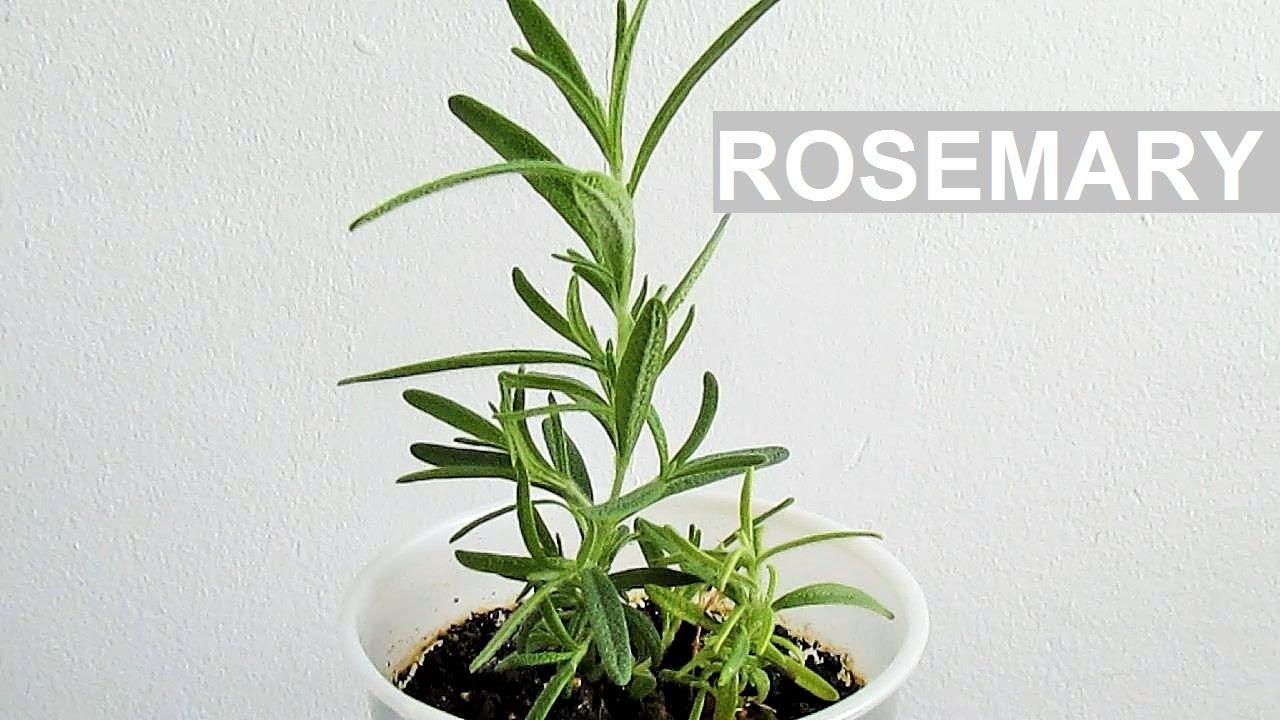
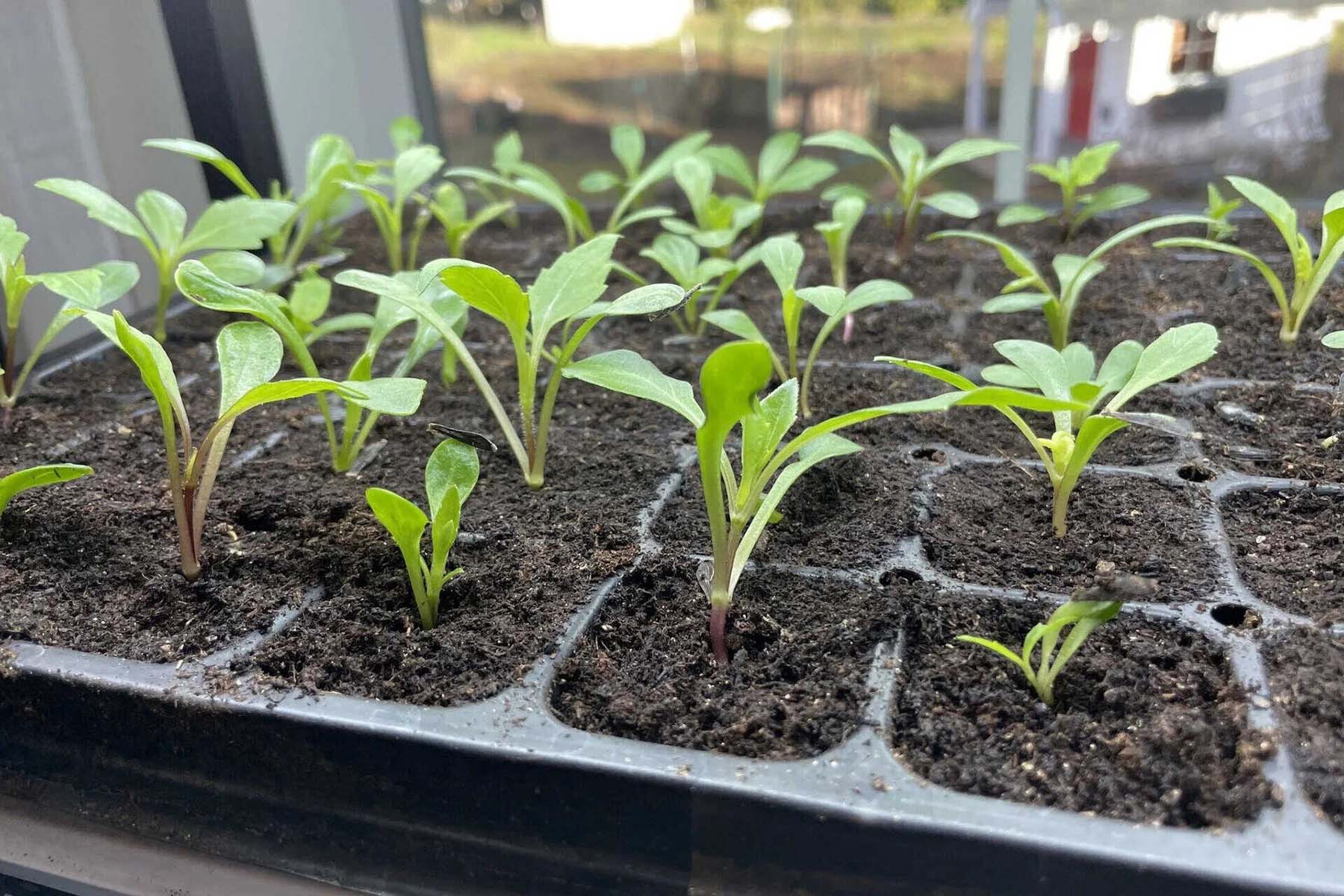
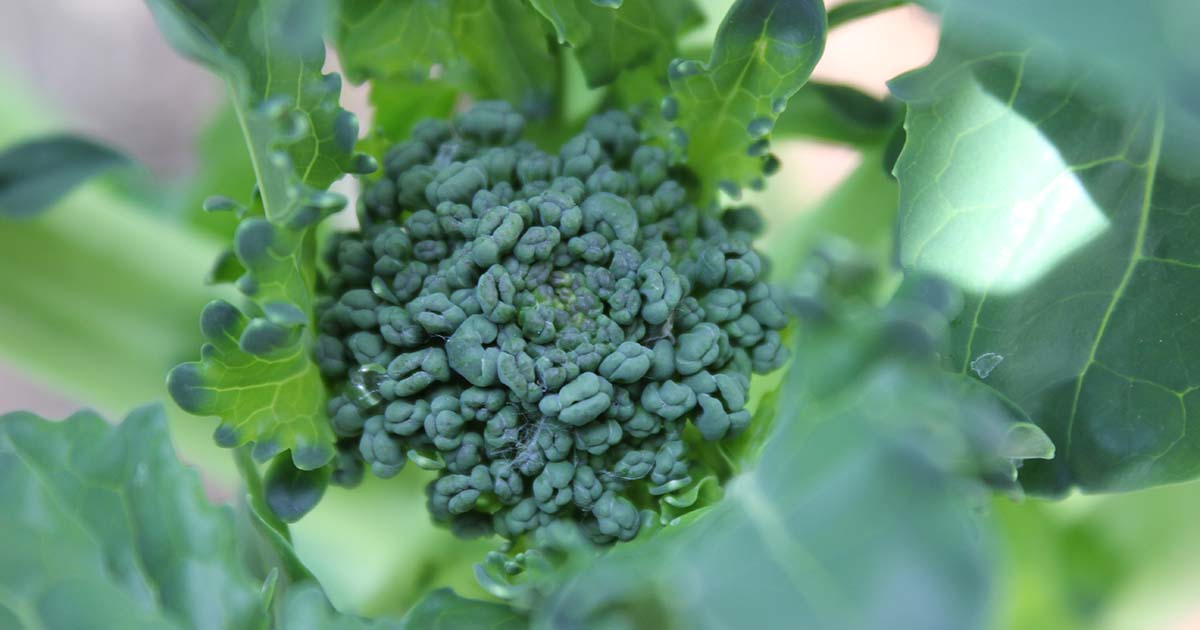
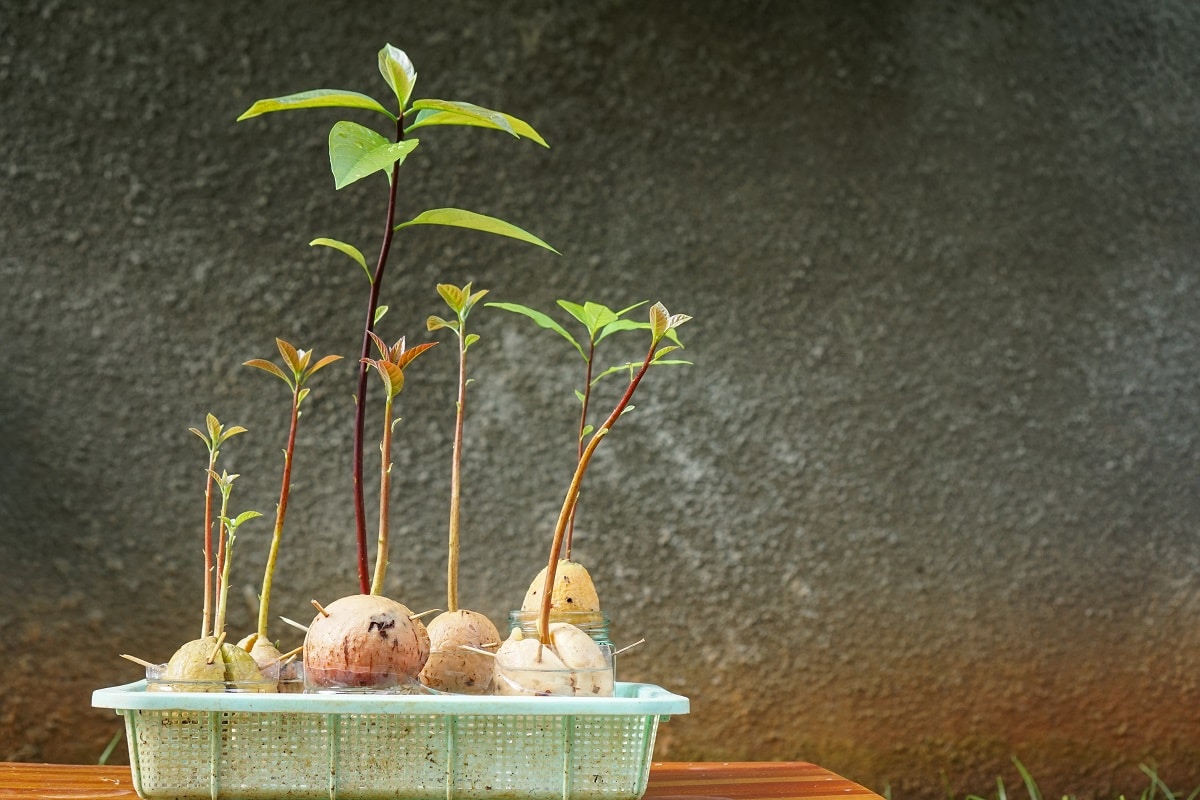
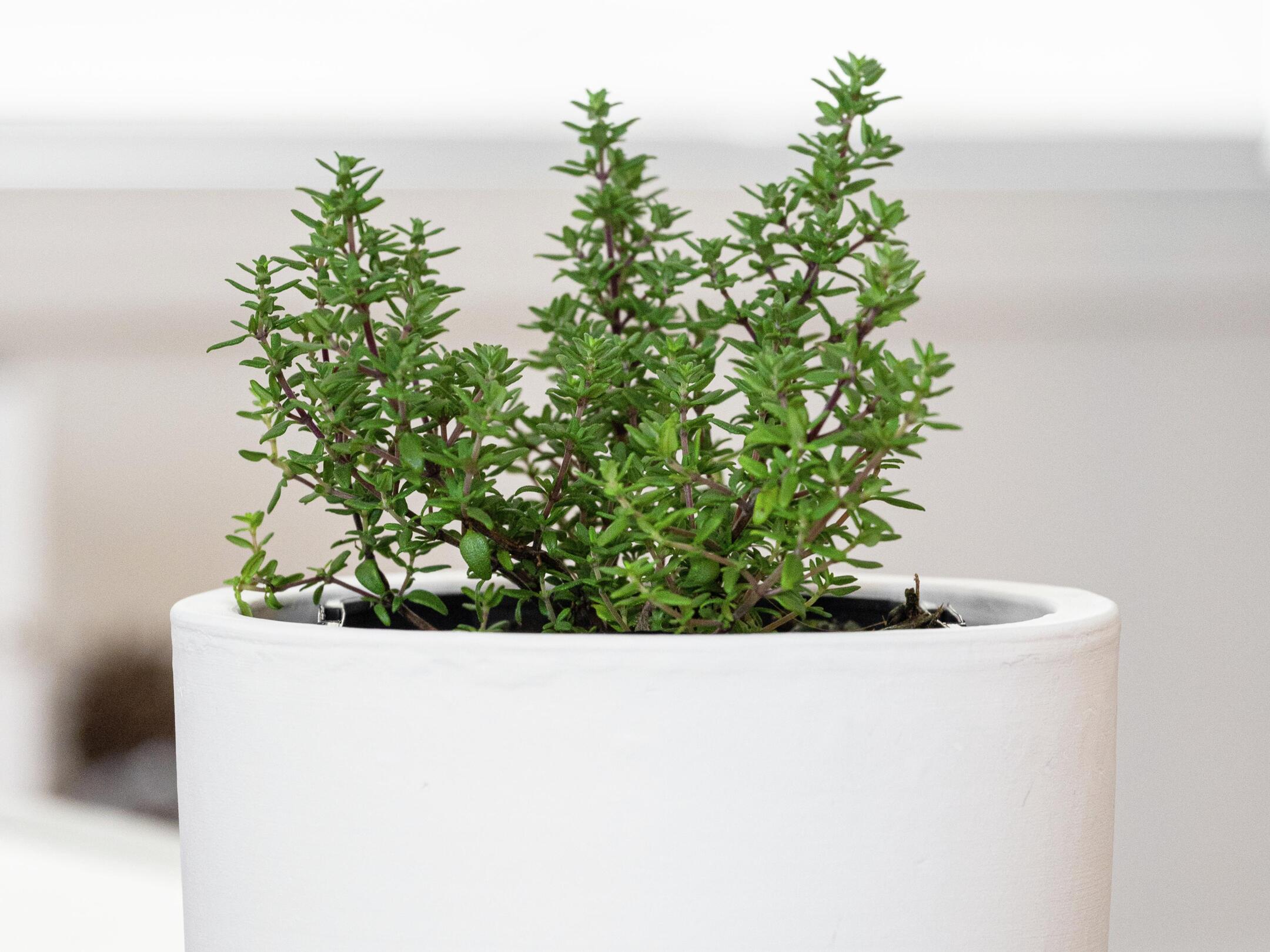
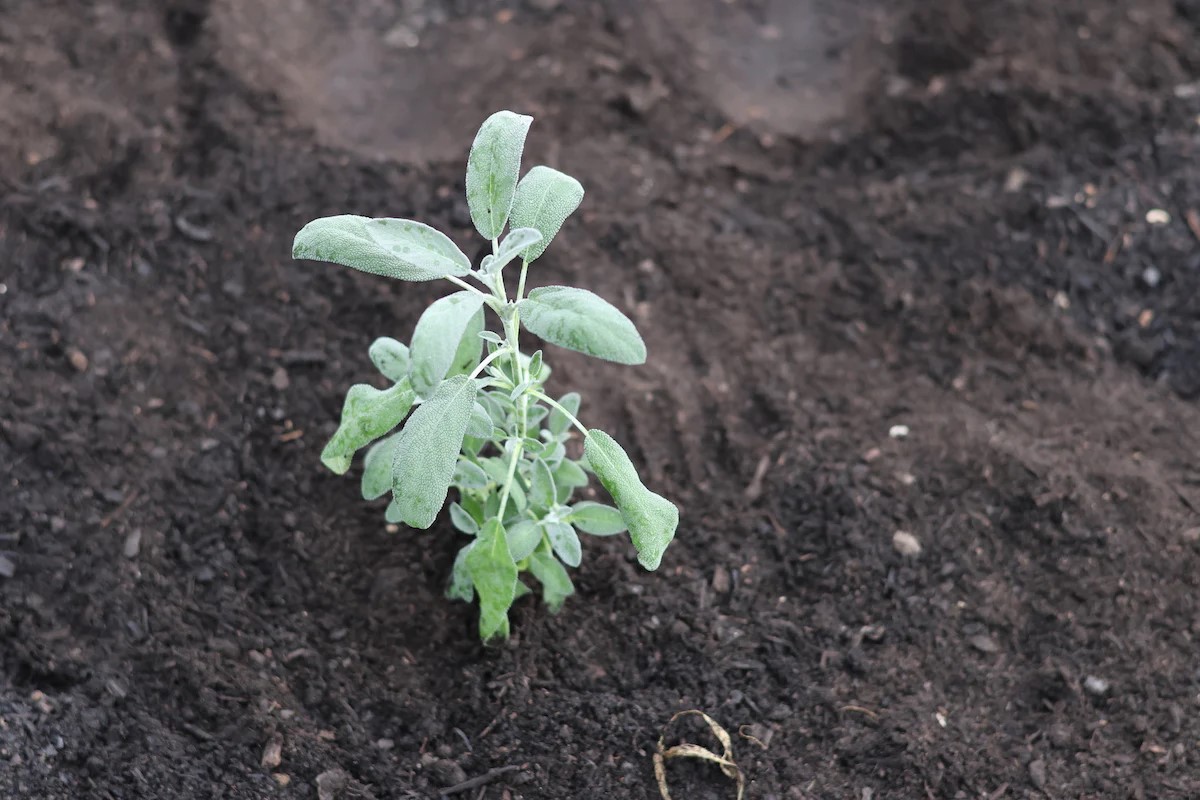
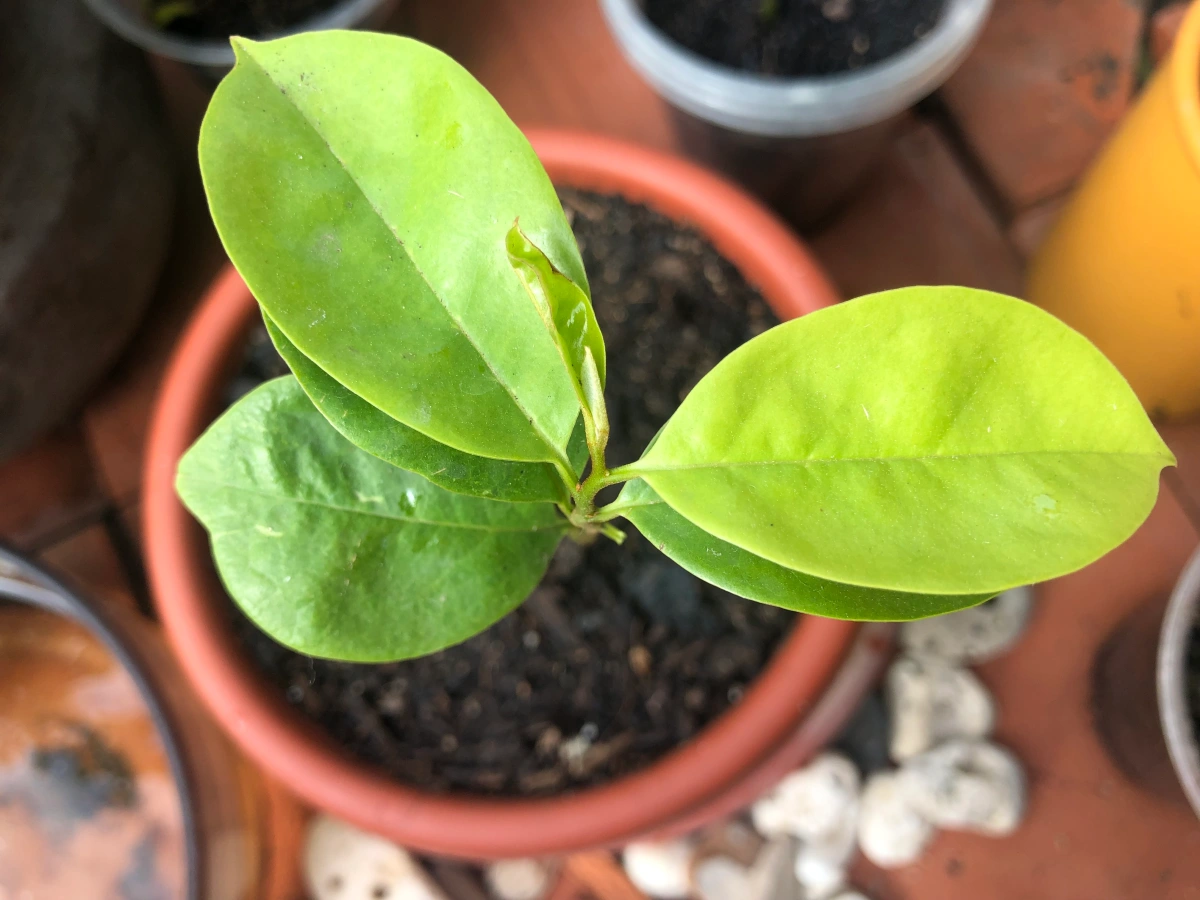
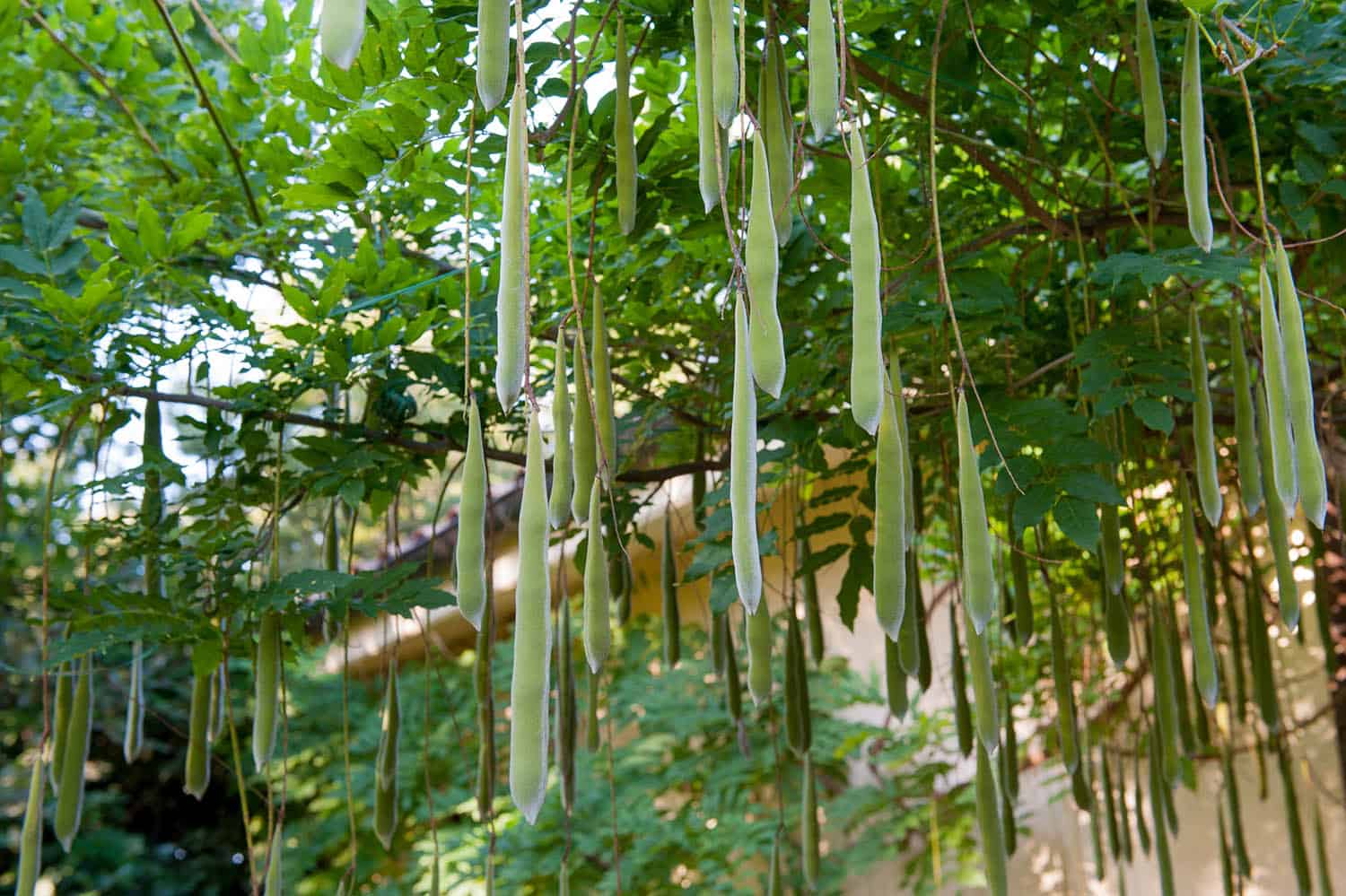
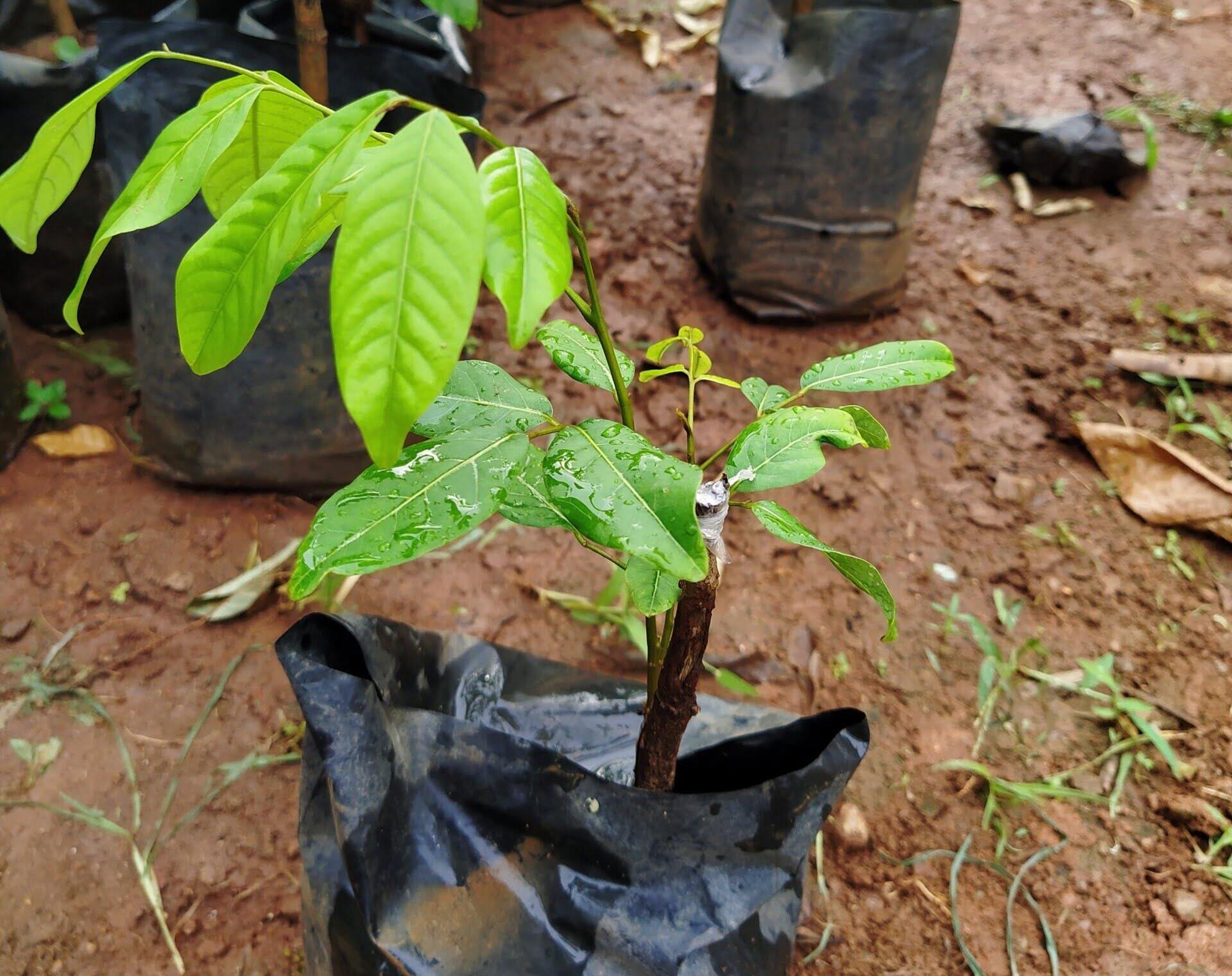
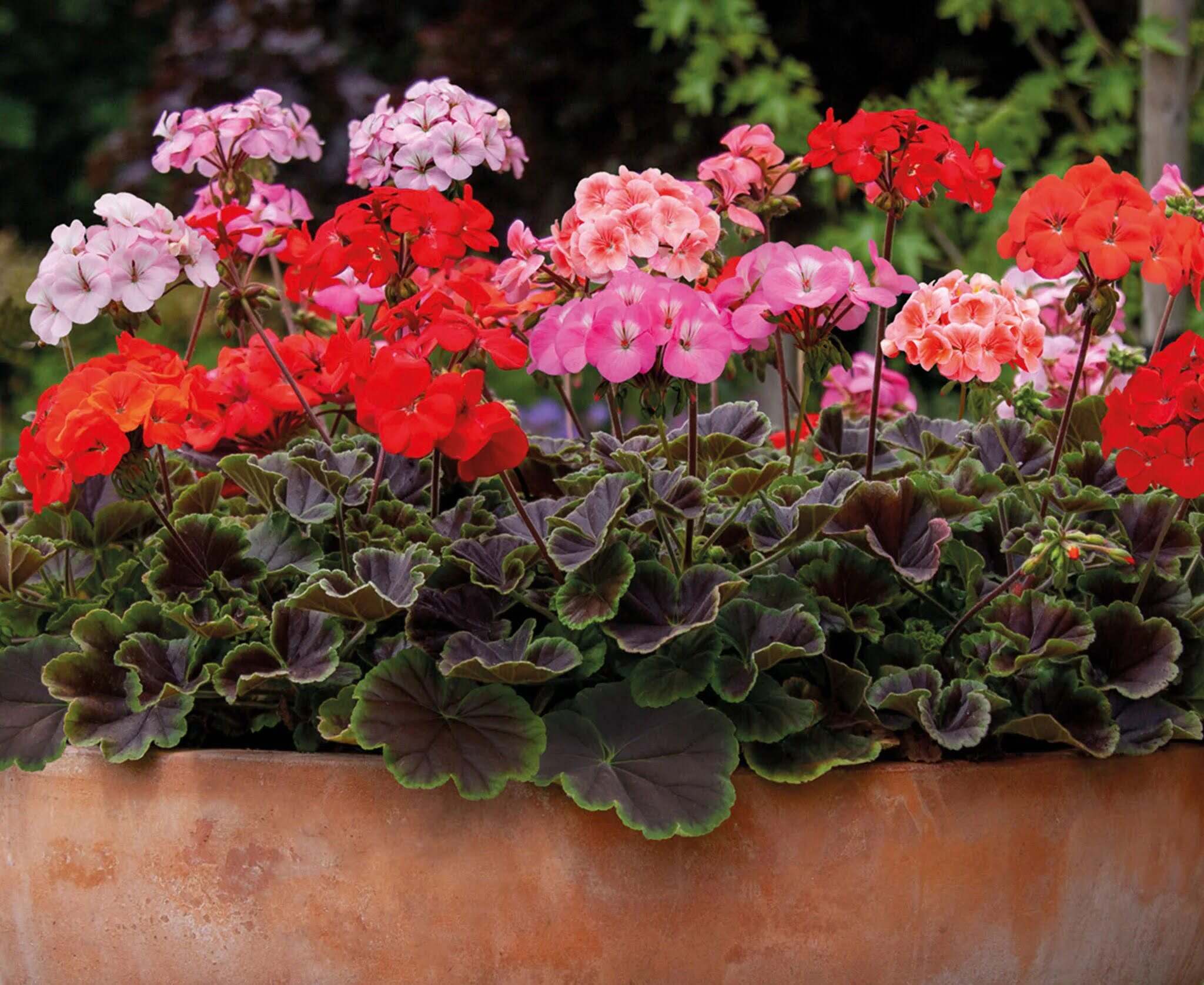
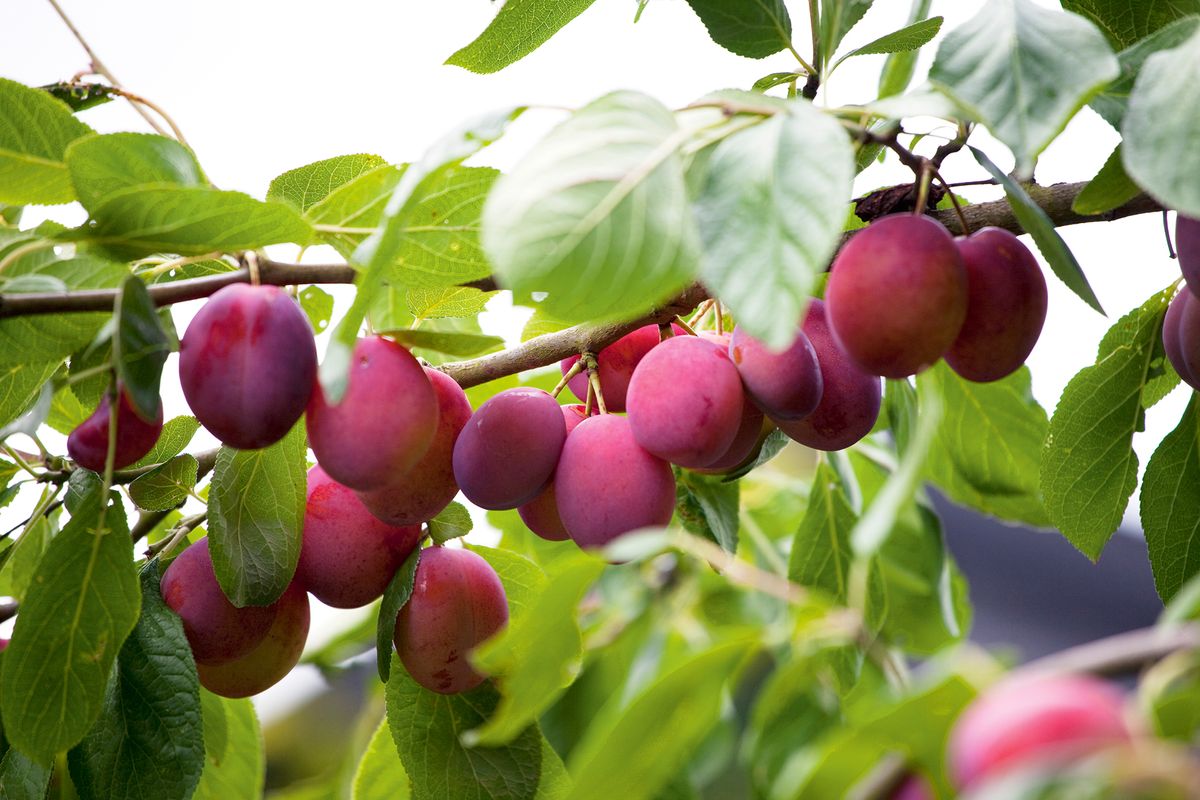
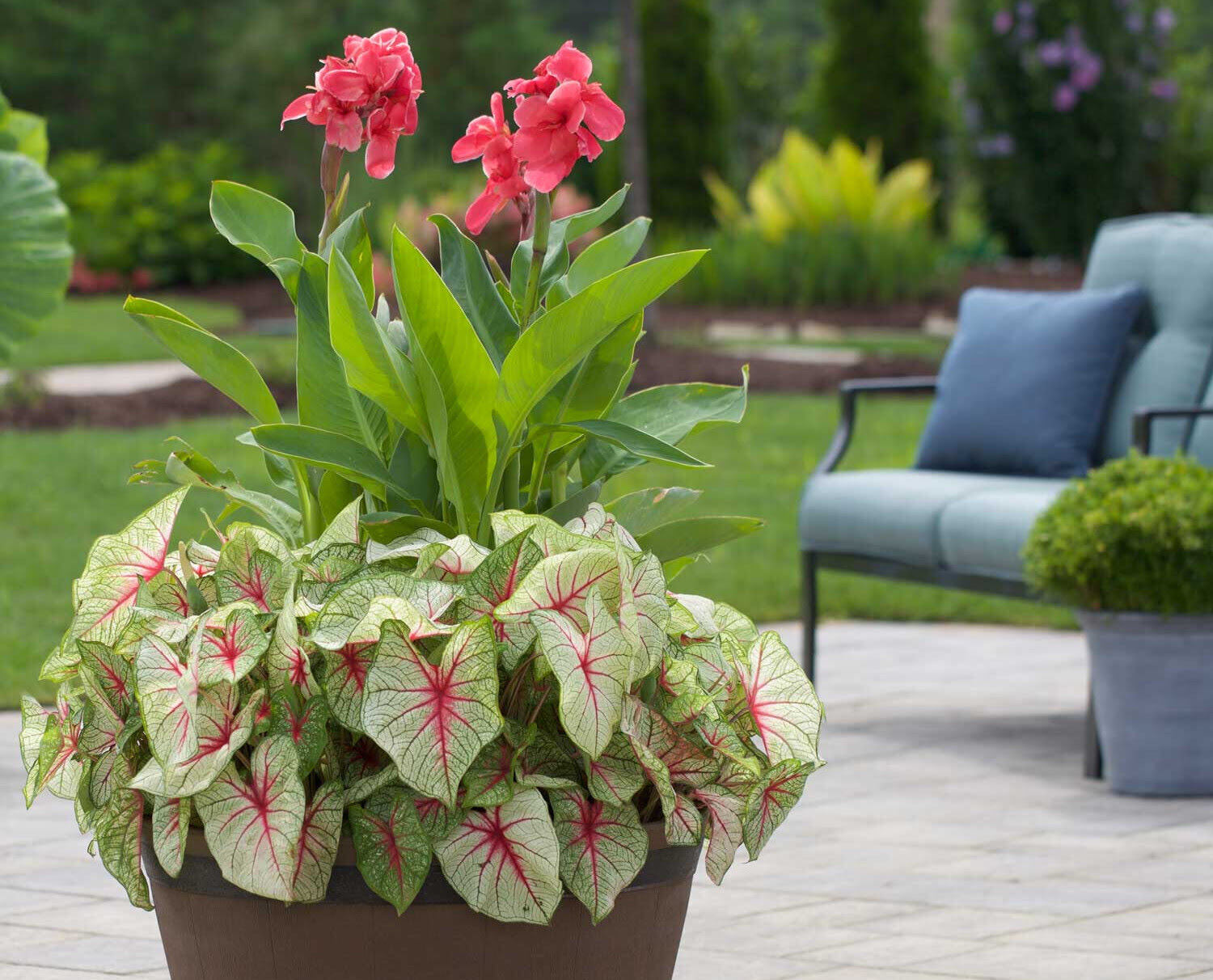
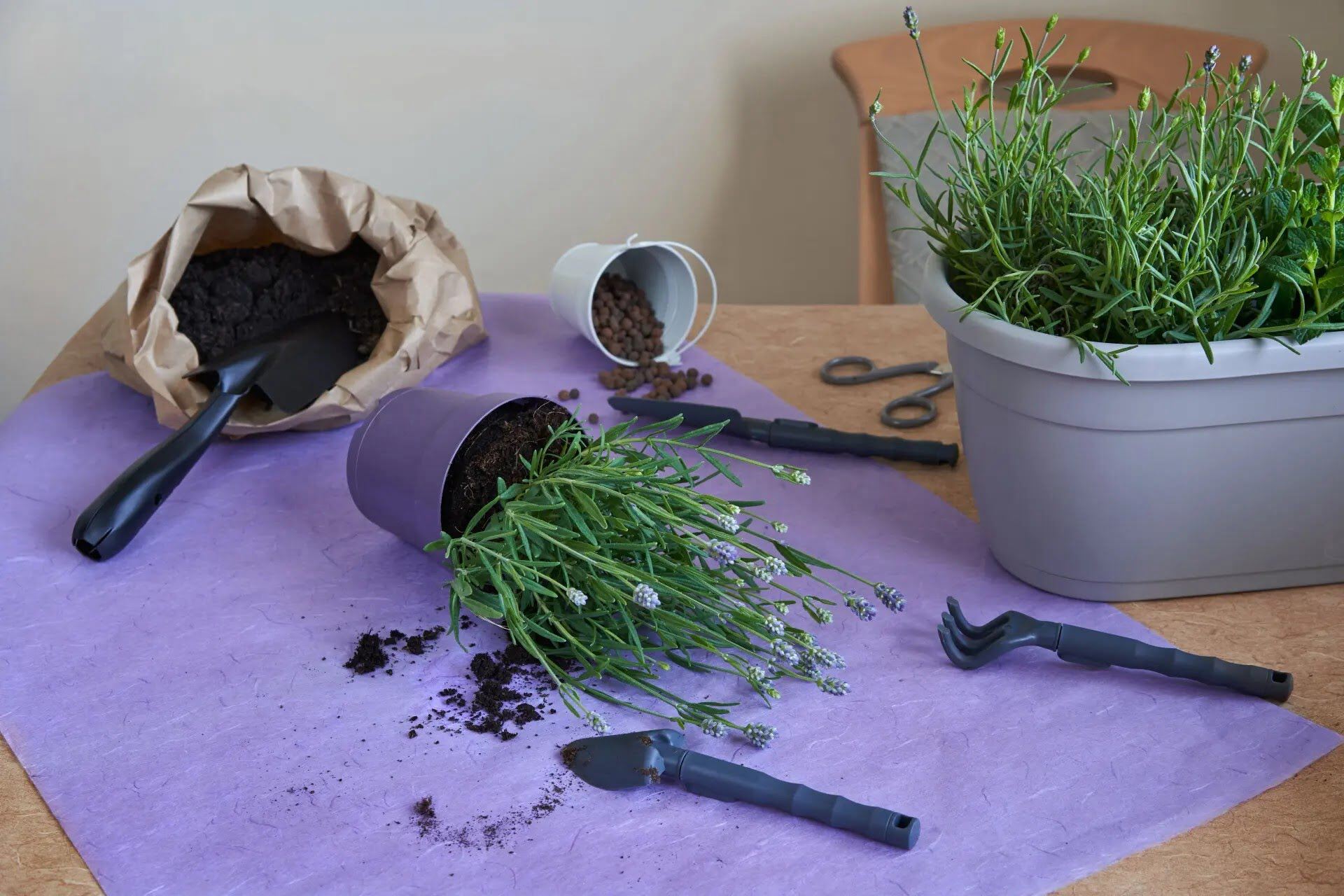
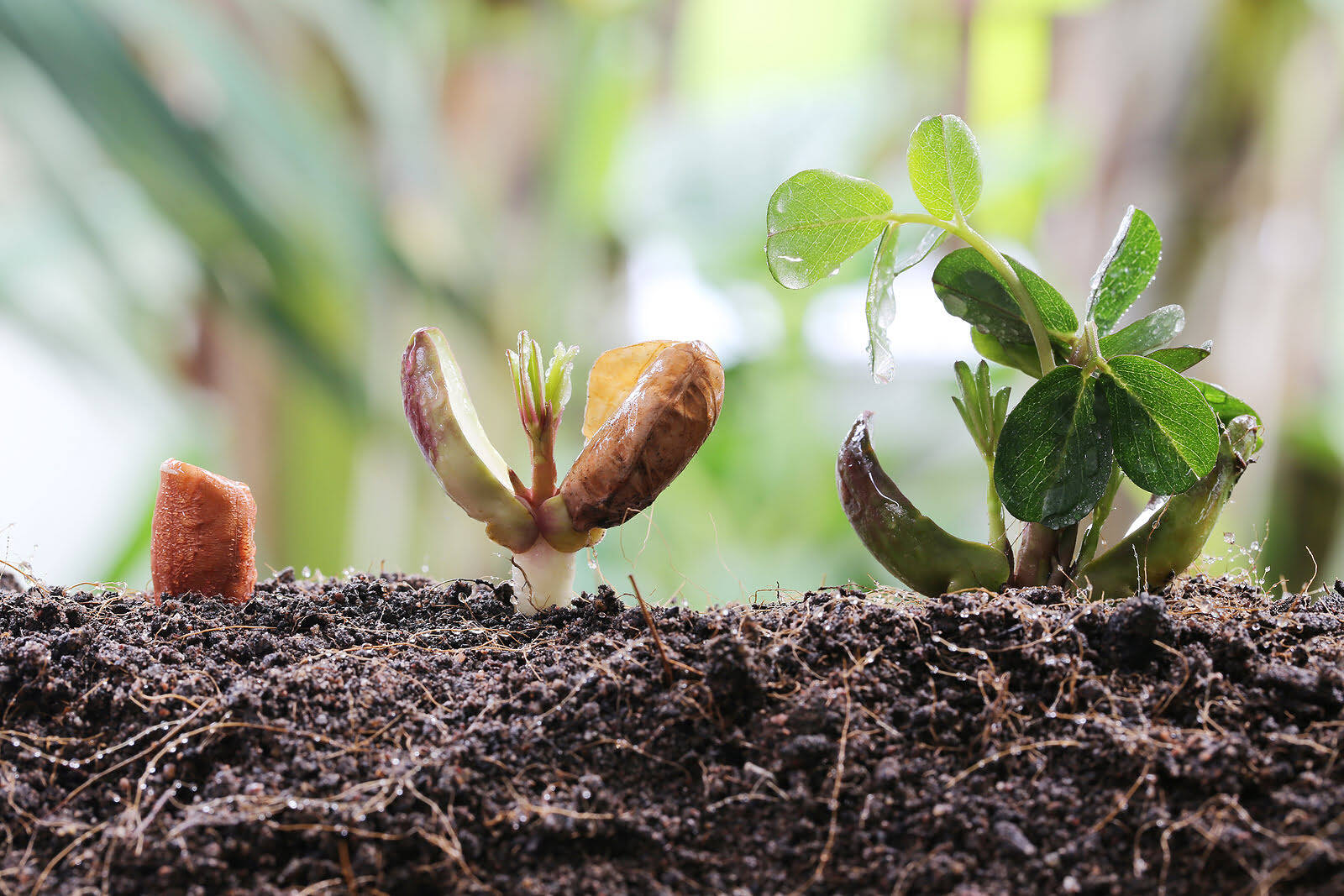

0 thoughts on “How To Grow Camellia From Seed”